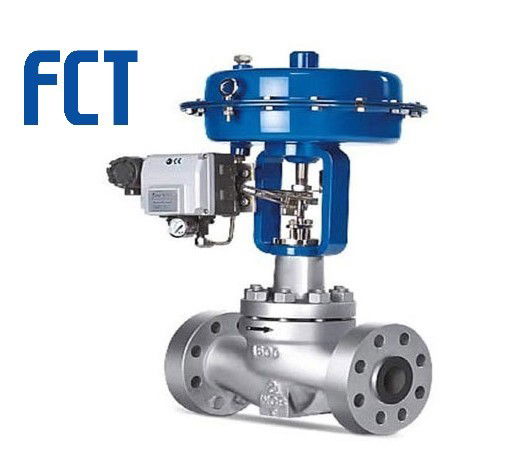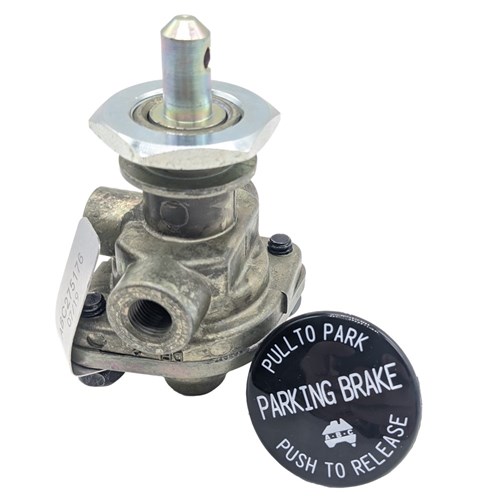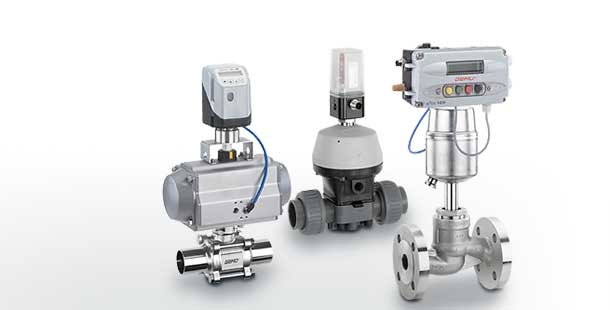Effective Control Valves: Trick Components for Effective System Management
Effective Control Valves: Trick Components for Effective System Management
Blog Article

Maximize Energy Cost Savings and Comfort With Advanced Structure Automation Controls
In the world of modern-day style and center management, the integration of advanced building automation manages stands as a crucial improvement. The merging of innovation and sustainability has birthed a brand-new era where energy performance, comfort optimization, and operational streamlining are no longer attainable realities yet far-off goals. By utilizing the power of automation, buildings can adjust, respond, and advance in manner ins which were when unthinkable. The potential for substantial power savings and enhanced comfort is not just an opportunity however a guarantee waiting to be satisfied. This standard shift in building administration holds the vital to unlocking a world where ecological conscientiousness and owner well-being sympathetically exist side-by-side within the walls of our frameworks.
Energy Performance Benefits
Energy performance benefits can substantially decrease power intake and operational costs in structures. By applying energy-efficient practices and technologies, building proprietors and operators can accomplish considerable savings while likewise contributing to environmental sustainability. One of the key advantages of enhancing energy effectiveness in buildings is the decrease of energy costs. Energy-efficient systems, such as innovative structure automation controls, can maximize using resources like illumination, air conditioning, and home heating, resulting in lower energy expenditures over time.
Moreover, boosted energy efficiency can lengthen the life expectancy of building tools and systems. By running a lot more efficiently, heating and cooling systems, light, and various other building elements experience much less deterioration, resulting in lowered maintenance and substitute costs. In addition, energy-efficient structures usually command greater building values and rental prices, offering lasting monetary advantages to owners.
In addition, energy performance can enhance owner comfort and performance. Appropriately controlled indoor settings with ideal lighting and thermal problems produce a more conducive and pleasant work space, bring about boosted employee fulfillment and performance. On the whole, the energy efficiency advantages connected with innovative structure automation controls are complex, incorporating cost savings, ecological stewardship, and resident health.
Enhanced Convenience Control
Enhancing convenience control in structure settings calls for an innovative combination of sophisticated automation systems for optimum occupant well-being. By using sophisticated structure automation controls, centers can customize the interior setting to meet the specific needs and preferences of residents. These systems make it possible for specific policy of temperature, illumination, and air flow, producing a effective and comfy environment. Passenger satisfaction and productivity are closely linked to thermal comfort, making it important to have systems in area that can adjust to transforming conditions in real-time.
By including these advanced controls, buildings can not just improve convenience however additionally improve power efficiency by maximizing system procedures based on actual tenancy and use patterns. Eventually, focusing on occupant convenience through sophisticated automation systems leads to a more satisfying and healthier interior atmosphere.
Operational Performance Improvements

In addition, the application of real-time tracking and analytics devices enables structure drivers to identify power inadequacies and operational abnormalities without delay. By continuously checking energy usage patterns and system efficiency metrics, changes can be made in real-time to maximize energy usage and make sure peak functional efficiency. control valves. Furthermore, integrating need feedback strategies into structure automation controls can better boost functional efficiency by dynamically changing energy use based on grid problems and rates signals
Indoor Environment Optimization
Reliable indoor environment optimization is a fundamental facet of building automation controls, making certain owners' comfort and health while optimizing energy savings. By utilizing advanced sensors and controls, constructing automation systems can continually change and check temperature level, humidity degrees, air high quality, and ventilation to develop an optimum indoor setting. Preserving comfy and constant conditions not only enhances occupant fulfillment however likewise improves efficiency and overall health.
Interior climate useful source optimization also plays an important role in energy performance. By fine-tuning ventilation, home heating, and air conditioning systems based on real-time information and occupancy patterns, building automation controls can significantly lower power consumption - control valves. Executing approaches such as demand-controlled ventilation and thermal zoning can aid minimize energy waste while making sure that each area of the structure receives the needed conditioning.

Lasting Setting Production
Building automation controls not only maximize interior climate conditions for power performance and owner convenience however also lay the structure for developing a lasting atmosphere through tactical management of resources and systems. By incorporating innovative structure automation modern technologies, such as sensing units, actuators, and intelligent software, facilities can change and monitor power use in real-time to top article lessen waste and decrease their carbon impact. These systems allow predictive upkeep, determining potential problems before they rise and enhancing equipment efficiency to enhance long life and efficiency.
In addition, sustainable setting development extends past energy management to include water conservation, waste decrease, and interior air quality renovation. Structure automation controls can regulate water use, find leaks, and ensure correct waste disposal practices, contributing to overall sustainability efforts. In addition, by controlling and checking air flow and filtering systems, these technologies improve passenger wellness and productivity while decreasing energy consumption associated with cooling and heating procedures.
Final Thought
Finally, progressed building automation controls offer considerable advantages in terms of energy cost savings, convenience control, functional performance, indoor climate optimization, and producing a lasting setting. By implementing these controls, buildings can achieve ideal efficiency while lowering power consumption and improving resident convenience. It is noticeable that using advanced automation technology is important in improving structure efficiency and developing an extra lasting future.
Power efficiency benefits can considerably minimize power intake and operational costs in buildings. In general, the power efficiency advantages connected with sophisticated building automation controls are multifaceted, encompassing cost financial savings, ecological stewardship, and owner health.
Additionally, incorporating need action techniques into structure automation controls can even more enhance functional effectiveness by dynamically adjusting power usage based on grid conditions and rates signals.
Building automation regulates not only optimize interior climate problems for energy performance and passenger comfort yet likewise lay the foundation for producing a sustainable atmosphere through critical administration of systems and sources.In conclusion, click site progressed structure automation controls deal considerable advantages in terms of energy savings, comfort control, functional effectiveness, interior environment optimization, and creating a lasting environment.
Report this page